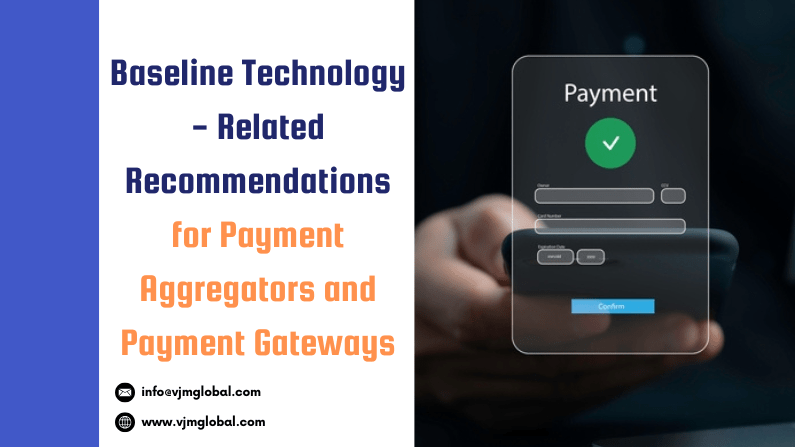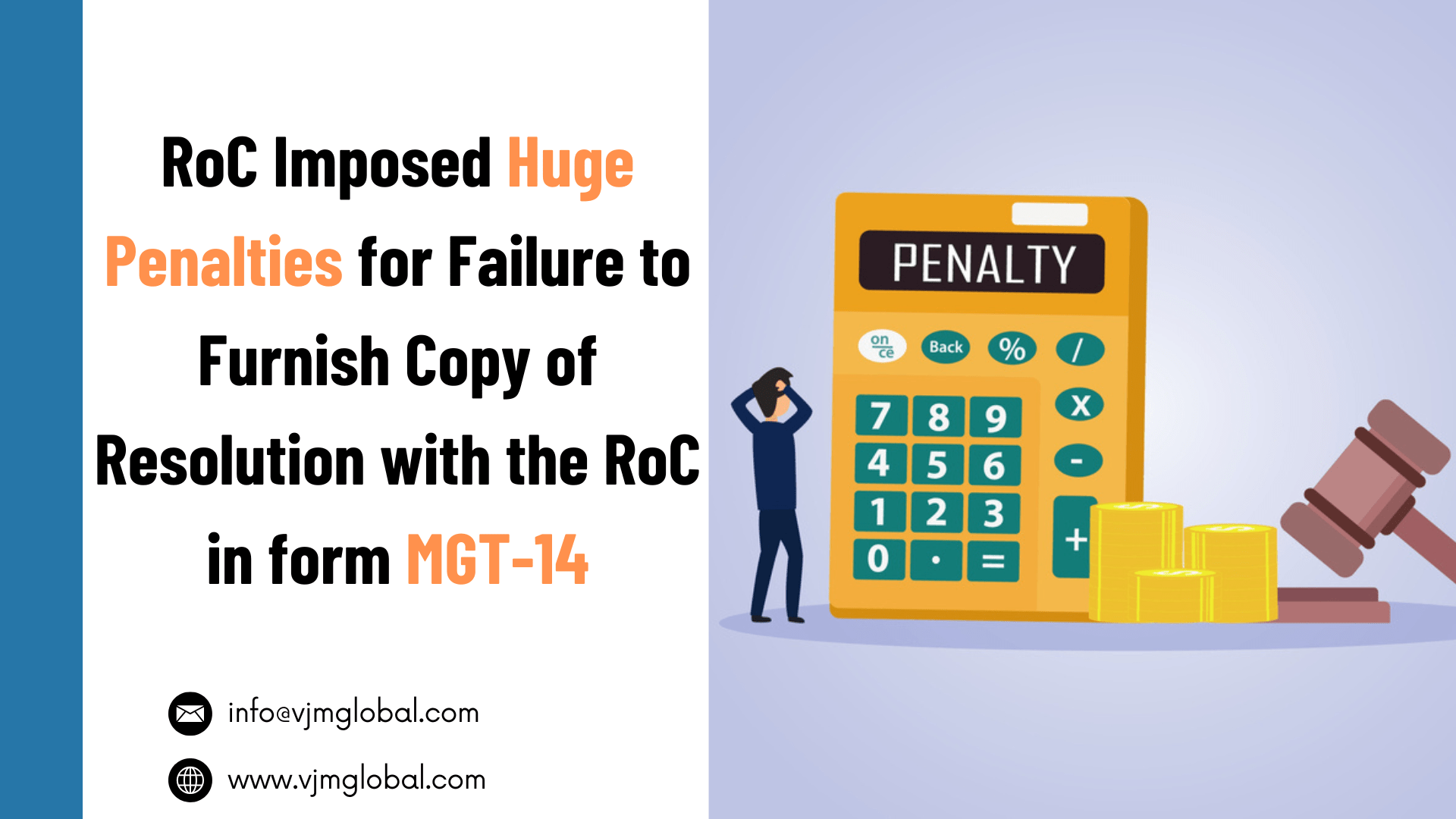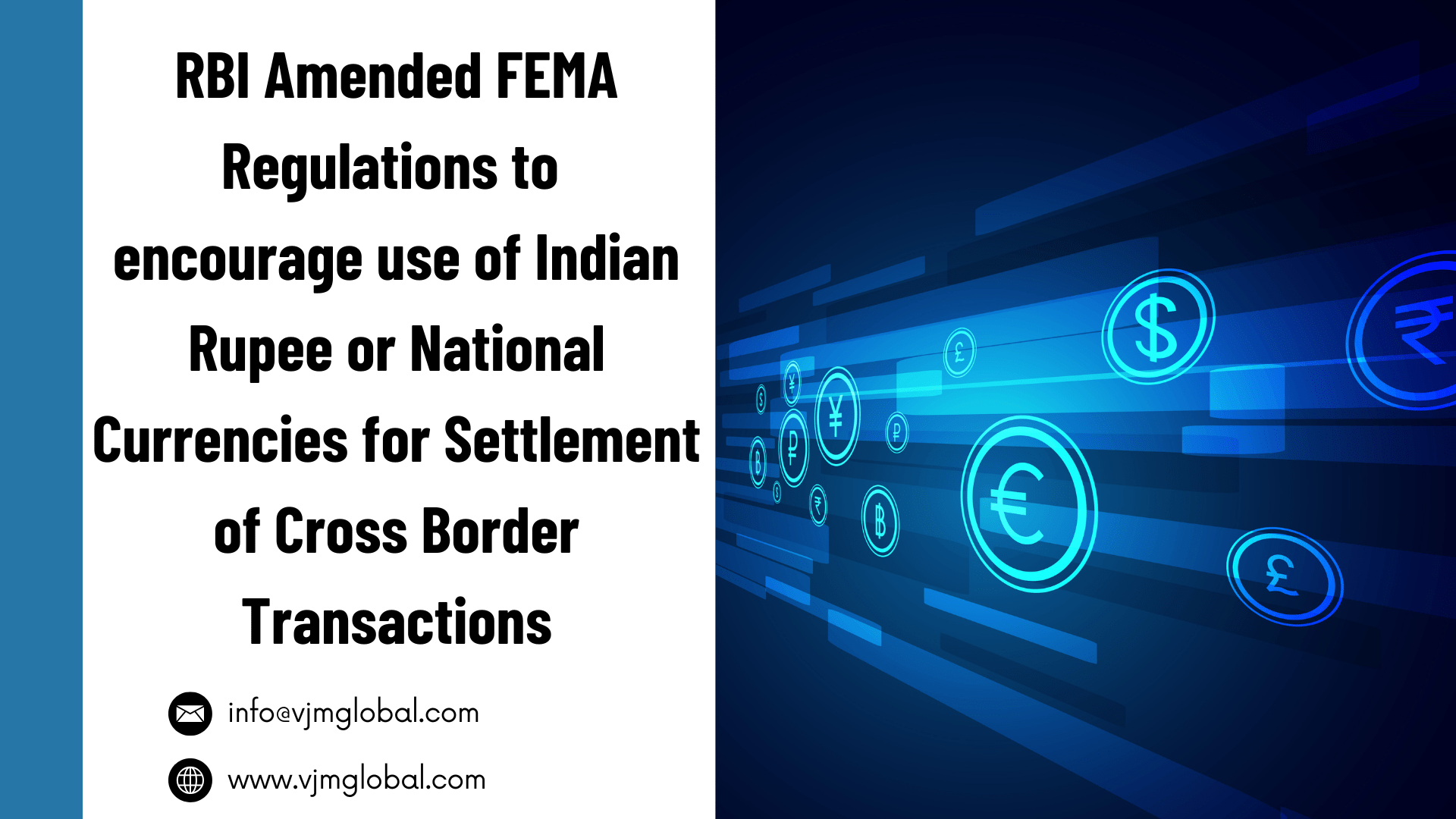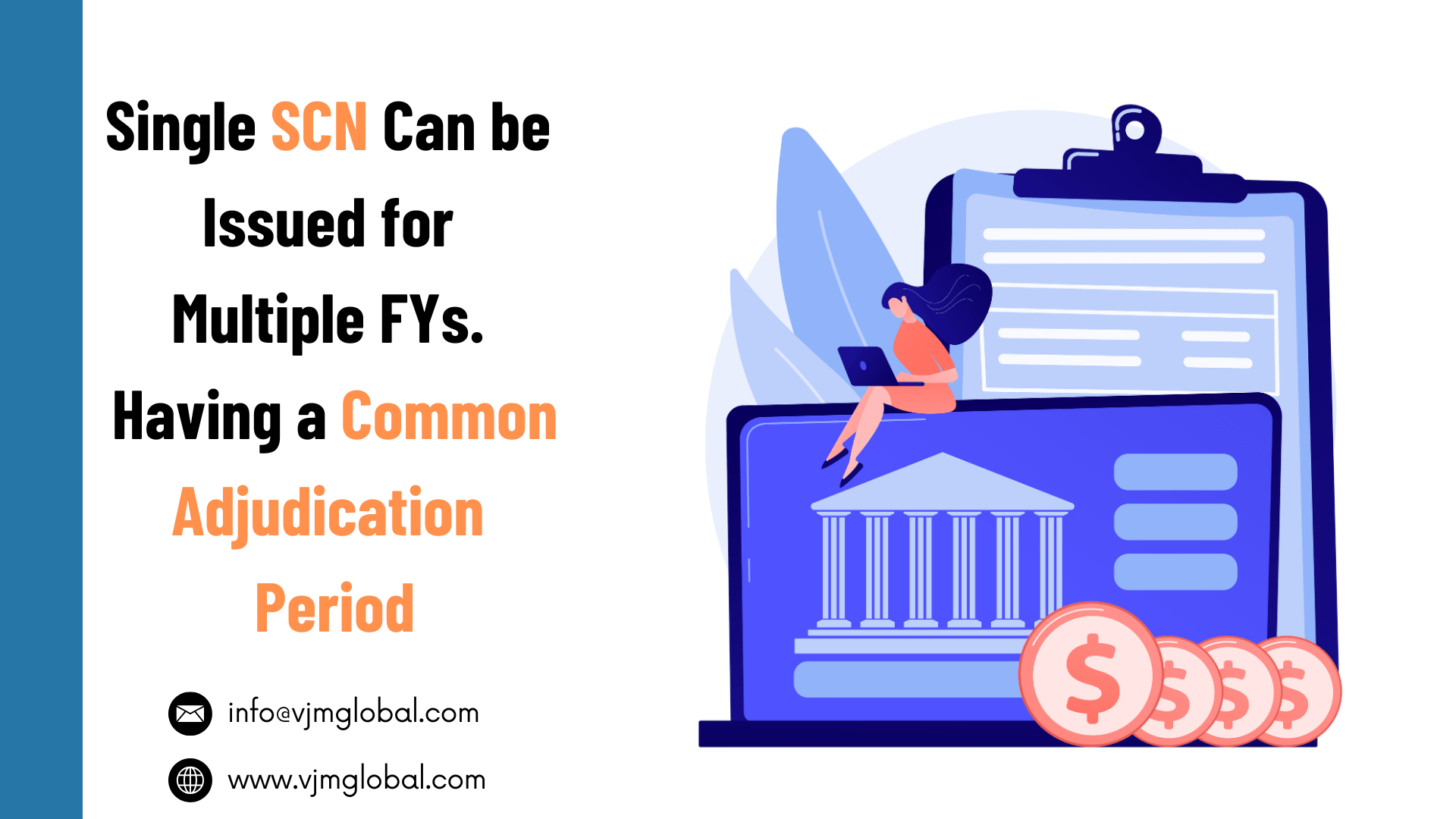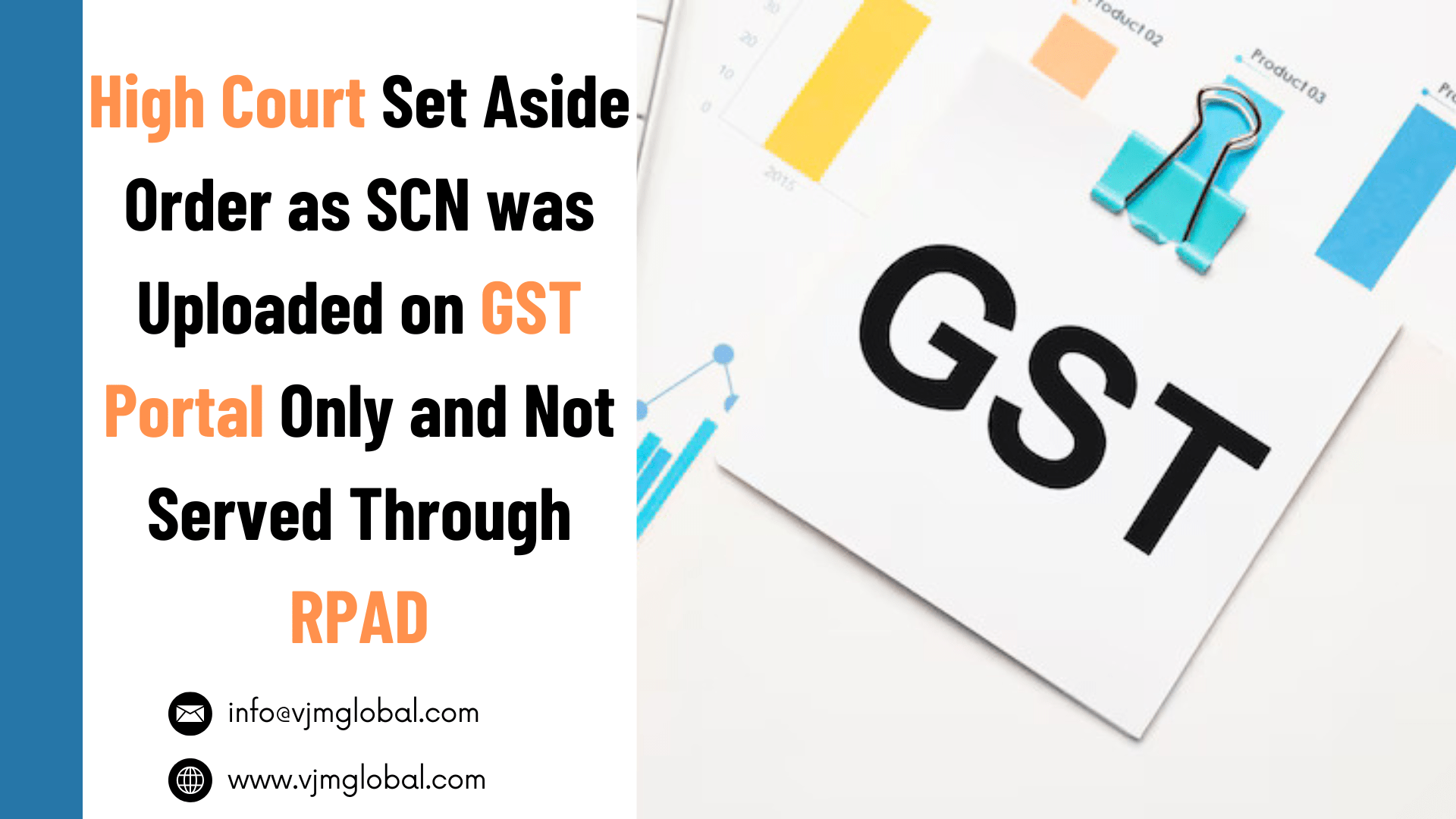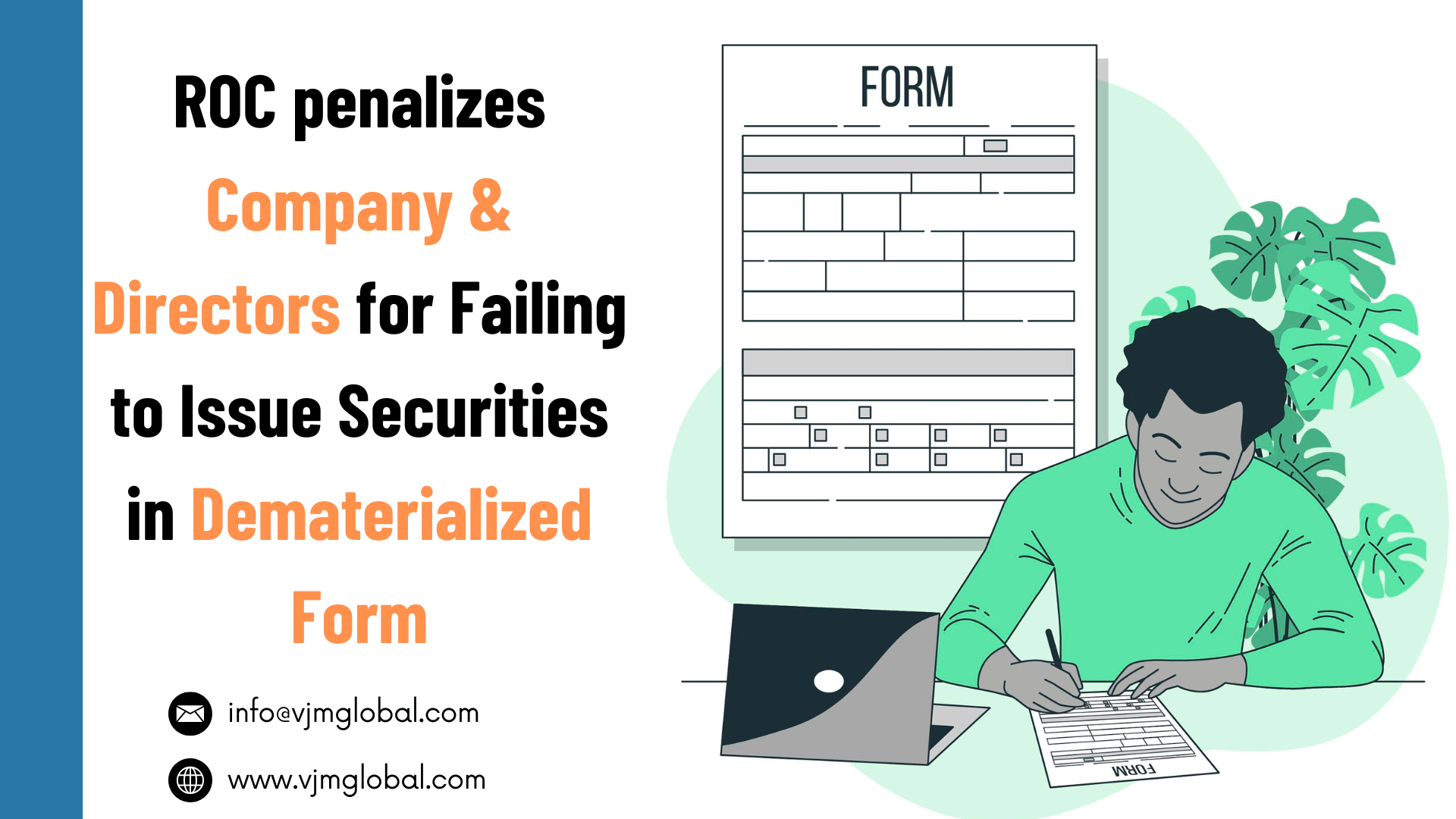In the era of electronic Commerce or Quick Commerce, the role of Payment Aggregators and payment gateways is significant. These entities take care of funds transferred from customers to suppliers through different banks and Channels. Therefore, entities operating as PA and PG are required to be regulated and monitored.
RBI has issued “Guidelines on Regulation of Payment Aggregators and Payment Gateways” vide document No. RBI/DPSS/2019-20/174 dated 17th March, 2020. RBI has specified the various guidelines for payment aggregators such as the requirement of authorisation, capital requirement, operation of the escrow account, etc.
In addition, the guidelines also specify the “Baseline Technology-related Recommendations” in Annexure 2. These technology-related recommendations for mandatory for adoption by the PAs. However, the same is recommended for payment Gateways.
This article discusses the Baseline Technology-related Recommendations provided by the RI for PA and PG
1. Security-related Recommendations
The entities are required to have the following validation for IT systems and security:
1.1. Information Security Governance:
- The entities at a minimum shall carry out comprehensive security risk assessment of their people, IT, business process environment, etc., to identify risk exposures with remedial measures and residual risks.
- These can be an internal security audit or an annual security audit by an independent security auditor or a CERT-In impaneled auditor.
- Reports on risk assessment, security compliance posture, security audit reports, and security incidents shall be presented to the Board.
1.2. Data Security Standards:
- Data security standards and best practices like PCI-DSS, PA-DSS, latest encryption standards, transport channel security, etc., shall be implemented.
1.3. Security Incident Reporting:
- The entities shall report security incidents/cardholder data breaches to RBI within the stipulated time frame.
- Monthly cyber security incident reports with root cause analysis and preventive actions undertaken shall be submitted to RBI.
1.4. Merchant Onboarding:
- The entities shall undertake comprehensive security assessment during the merchant onboarding process to ensure these minimal baseline security controls are adhered to by the merchants.
- As per the guidelines issued, the PAs shall undertake the background check of the merchant to ensure that the merchant does not have any malafide intention and does not sell fake products or prohibited products.
1.5. Cyber Security Audit and Reports:
- The entities shall carry out and submit to the IT Committee:
- Quarterly internal and annual external audit reports;
- Bi-annual Vulnerability Assessment / Penetration Test (VAPT) reports;
- PCI-DSS including Attestation of Compliance (AOC) and
- Report of Compliance (ROC) compliance report with observations noted if any including corrective/preventive actions planned with action closure date;
- inventory of applications that store process or transmit customer-sensitive data;
- The PA-DSS compliance status of payment applications that store or process cardholder data.
1.6. Information Security:
- Board-approved information security policy shall be reviewed at least annually. The policy shall consider aspects like:
- alignment with business objectives;
- the objectives, scope, ownership, and responsibility for the policy;
- information security organisational structure;
- information security roles and responsibilities;
- maintenance of asset inventory and registers;
- data classification; etc
- authorisation; exceptions; knowledge and skill sets required; periodic training and continuous professional education; compliance review and penal measures for non-compliance of policies.
1.7 IT Governance: An IT policy shall be framed for regular management of IT functions and the entity shall ensure that detailed documentation in terms of procedures and guidelines exists and is implemented. The strategic plan and policy shall be reviewed annually. The Board level IT Governance framework shall have-
- Involvement of the Board in approving information security policies, establishing necessary organisational processes/functions for information security, and providing necessary resources.
- IT Steering Committee with representations from various business functions as appropriate. The Committee shall assist the Executive Management in the implementation of the IT strategy approved by the Board.
- Enterprise information model to enable applications development and decision-supporting activities, consistent with board-approved IT strategy. The model shall facilitate the optimal creation, use, and sharing of information by a business, in a way that maintains integrity and is flexible, functional, timely, secure, and resilient to failure. The
- Cyber Crisis Management Plan approved by the IT strategic committee and shall include components such as Detection, Containment, Response, and Recovery.
1.8. Enterprise Data Dictionary:
- The entities shall maintain an “enterprise data dictionary” incorporating the organisation’s data syntax rules.
- This shall enable sharing of data across applications and systems, promote a common understanding of data across IT and business users, and prevent the creation of incompatible data elements.
1.9. Risk Assessment:
- The risk assessment shall identify the threat/vulnerability combinations and the likelihood of impact on the confidentiality, availability, or integrity of that asset – from a business, compliance, and/or contractual perspective.
1.10. Access to Application:
- There shall be documented procedures for administering an application system, which are approved by the application owner and kept up-to-date.
- Access to the application shall be based on the principle of least privilege and “need to know” commensurate with the job responsibilities.
1.11. Competency of Staff:
- Requirements for trained resources with requisite skill sets for the IT function need to be understood and assessed appropriately periodically.
1.12. Vendor Risk Management:
- The Service Level Agreements (SLAs) for technology support, including BCP-DR and data management shall categorically include clauses permitting regulatory access to these set-ups.
1.13. Maturity and Roadmap:
- The entities shall consider assessing their IT maturity level, based on well-known international standards, design an action plan, and implement the plan to reach the target maturity level.
1.14. Cryptographic Requirement:
- The entities shall select encryption algorithms that are well-established international standards and that have been subjected to rigorous scrutiny by an international community of cryptographers or approved by authoritative professional bodies, reputable security vendors, or government agencies.
1.15. Forensic Readiness:
- All security events from the entity’s infrastructure including but not limited to applications, servers, middleware, endpoint, network, authentication events, database, web services, cryptographic events, and log files shall be collected, investigated, and analysed for proactive identification of security alerts.
1.16. Data Sovereignty: The entities shall take preventive measures to ensure storing data in infrastructure that does not belong to external jurisdictions. Appropriate controls shall be considered to prevent unauthorised access to the data.
1.17. Data Security in Outsourcing:
There shall be an outsourcing agreement providing a ‘right to audit’ clause to enable the entities to conduct security audits. Alternatively, third parties shall submit annual independent security audit reports to the entities.
1.18. Payment Application Security:
Payment applications shall be developed as per PA-DSS guidelines and complied with as required. The entities shall review PCI-DSS compliance status as part of the merchant onboarding process.
2. Other Recommendations
The Payment Aggregators and Payment gateways have to take care of the following points:
- The customer card credentials shall not be stored within the database or the server accessed by the merchant.
- Option for ATM PIN as a factor of authentication for card not present transactions shall not be given.
- Instructions on storage of payment system data, as applicable to PSOs, shall apply.
- All refunds shall be made to the original method of payment unless specifically agreed by the customer to credit an alternate mode.
Conclusion
The key to successfully and securely operating as a Payment Aggregator and Payment Gateway is Information Technology. Therefore, PAs and PGs are required to ensure that IT implemented in the entity is regularly audited, secure,d and carried out in accordance with guidelines issued by the RBI.

